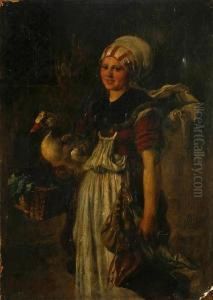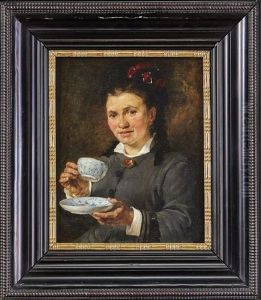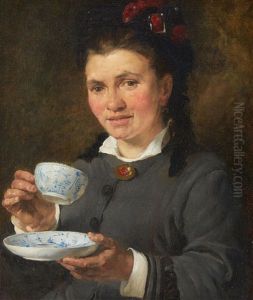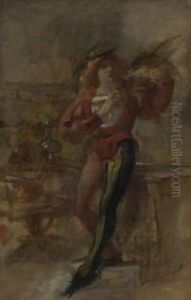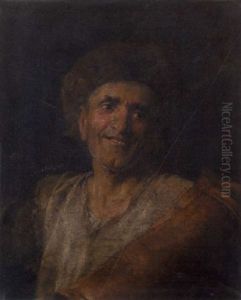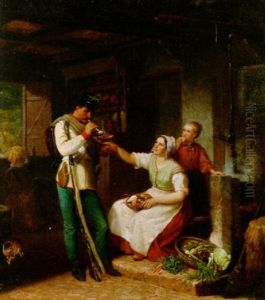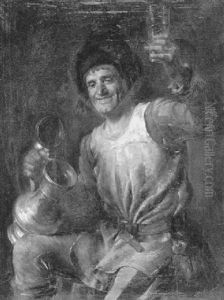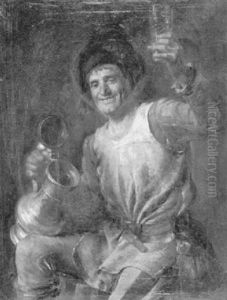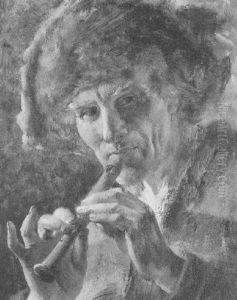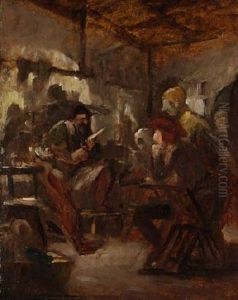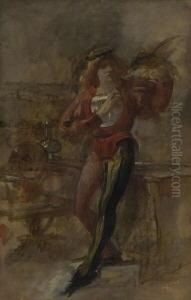Konrad Weigand Paintings
Konrad Weigand was a German artist, primarily known for his work in the field of graphic arts, including illustrations and printmaking. Born on December 3, 1873, in Würzburg, Germany, Weigand was active during the late 19th and early 20th centuries, a period that saw significant developments in the world of art, with movements such as Expressionism and Art Nouveau gaining prominence.
Weigand's artistic journey began with his education at the School of Applied Arts in Nuremberg, and he later continued his studies at the Munich Academy. During his time at the academy, he was influenced by the Jugendstil movement, the German version of Art Nouveau, characterized by its organic lines and decorative elements. Weigand's style, however, also incorporated elements of realism, reflecting his keen observation of the world around him.
Throughout his career, Weigand worked on various projects, including book illustrations and ex-libris designs, a form of bookplate art which was highly popular at the time. His illustrations often featured intricate details and a blend of fantastical elements with realist tendencies. Weigand's work was part of the larger cultural movements of his time, and he contributed to the visual language of the era through his prints and drawings.
The political and social upheavals of the early 20th century, including World War I and the rise of National Socialism, inevitably affected Weigand and his contemporaries. Despite the challenges of those times, he continued to work and adapt his artistic practice. Konrad Weigand's death on February 25, 1945, near the end of World War II, marked the end of an era for the graphic arts in Germany.
Although not as widely recognized as some of his contemporaries, Weigand's body of work remains an important part of the German artistic legacy, demonstrating the rich tradition of illustration and printmaking in the country. His contributions to the field of graphic arts continue to be appreciated by art historians and collectors who have an interest in the diverse artistic expressions of the late 19th and early 20th centuries.
